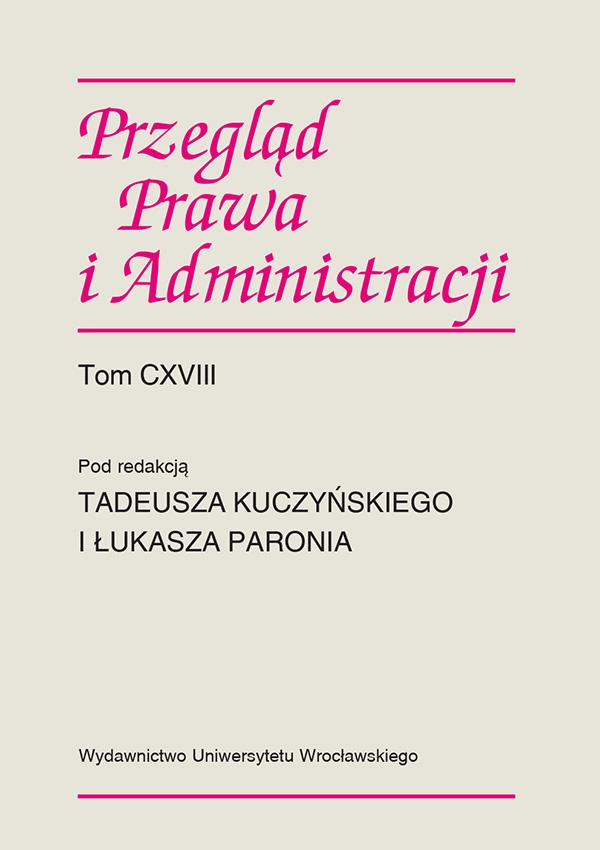

Archival articles

ABOUT THE MISSION OF LABOUR INSPECTION IN THE LIGHT OF THE REGULATIONS OF THE INTERNATIONAL LABOUR ORGANIZATION — SELECTED REMARKS
From the very beginning of the functioning of the International Labour Organization much attention has been paid to labour inspection. The first international regulations were passed in the interwar period. Recommendation No. 20 of 1923 was the most important act in this field. Among the acts in force, the following are of key importance: Convention No. 81 of 1947 and Convention No. 129 of 1969. They do not provide for a single unified labour inspection model. It is only required that the organization of labour inspection should embody the supervision and control of the central state authority and independence from all pressures, in particular from employers. There are three models: generalist inspectorates, specialist inspectorates and a mixed model. The scope of labour inspection tasks is also flexible. In addition to the main tasks that should be carried out by each inspection, it is allowed that additional tasks are performed, with the reservation, however, that they will not interfere with the effective performance of the main tasks and will not undermine the authority and impartiality of inspectors.